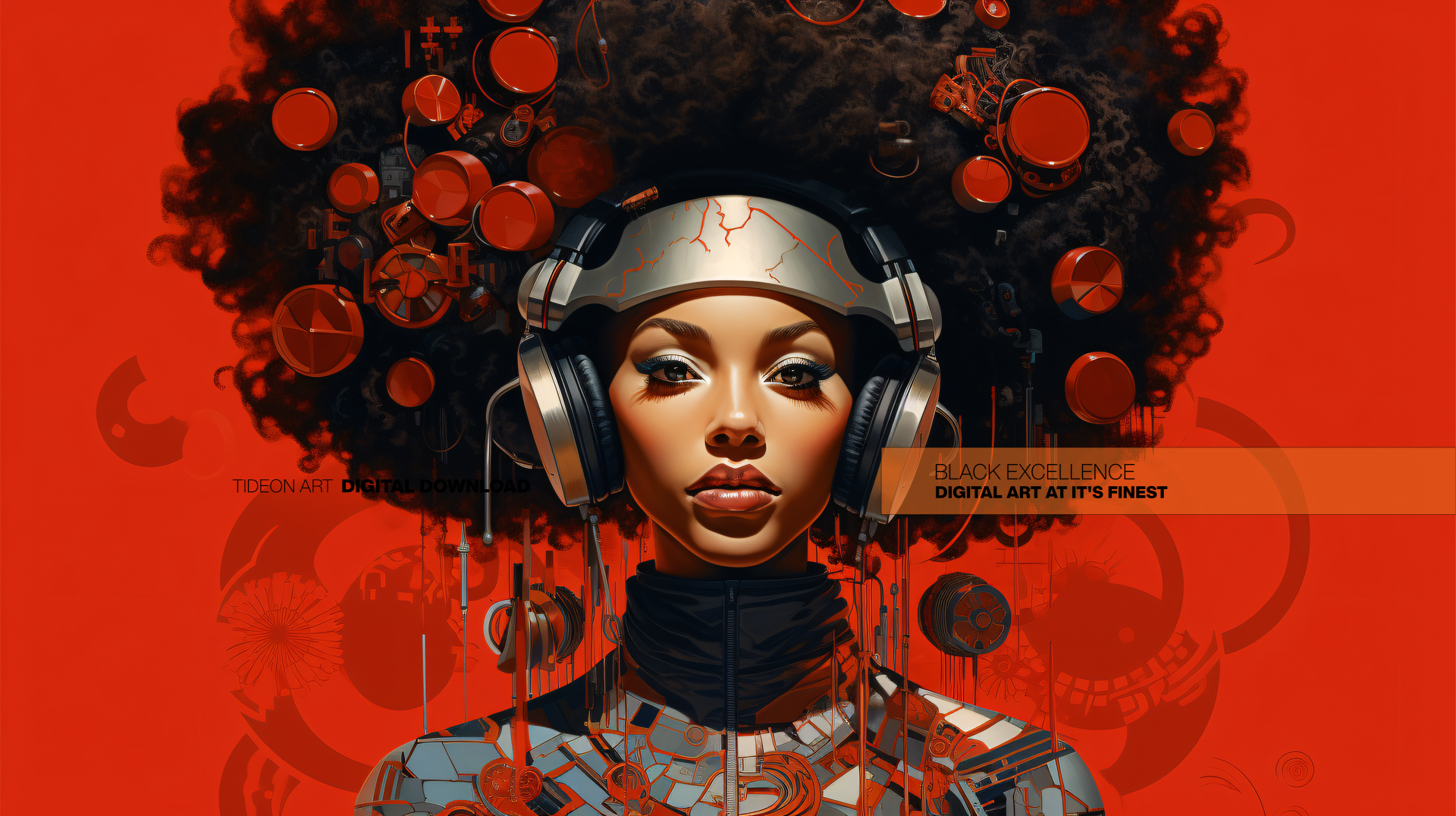AI Art
The Evolution of AI in Creative Media: From Text-to-Image to 3D Asset Generation for Games
In recent years, the realm of artificial intelligence (AI) has seen extraordinary advancements, particularly in creative media. From the early days of text-to-image transformations to the current trend of AI-generated short films, the trajectory of AI’s capabilities has been nothing short of revolutionary. Now, as we look towards the future, the potential for AI in 3D asset generation for games and other immersive experiences is becoming increasingly apparent.
The Dawn of AI in Creative Media: Text-to-Image
The journey began with text-to-image AI, a technology that allowed users to input textual descriptions and receive corresponding images. This was groundbreaking, providing artists, designers, and even those without traditional artistic skills the ability to bring visual concepts to life with just words. Platforms like Midjourney, DALL-E and others opened a Pandora’s box of creativity, enabling the generation of anything from surreal landscapes to hyper-realistic portraits.
The Leap to Motion: AI-Generated Short Films
Building on the foundation laid by text-to-image technology, AI soon expanded into the realm of motion and storytelling. AI-generated short films emerged, where not only the visuals but also the plot, dialogues, and even the music were crafted by intelligent algorithms. These short films showcased AI’s ability to understand and interpret narrative structures, character development, and emotional arcs, albeit with varying degrees of success.
What’s Next: 3D Asset Generation for Games and Beyond
As we stand at the cusp of another major leap, the focus is now shifting towards 3D asset generation for games and virtual environments. This advancement promises to revolutionize the gaming industry and the broader field of digital entertainment.
- Efficiency in Game Development: The creation of 3D assets – from characters to environments – is one of the most time-consuming and resource-intensive aspects of game development. AI’s ability to generate these assets quickly and efficiently could significantly reduce development times and costs, making game creation more accessible.
- Personalized Gaming Experiences: Imagine a game that adapts its environment, characters, and challenges based on the player’s preferences and choices, all generated in real-time by AI. This could lead to highly personalized and engaging gaming experiences.
- Expanding Creative Horizons: With AI, the limitations of human resource and time constraints are greatly diminished. Game developers can explore more ambitious, creative concepts without the traditional barriers.
- Educational and Training Simulations: Beyond entertainment, AI-generated 3D environments could enhance educational and training programs. Realistic simulations for medical training, disaster response drills, or historical explorations could be created with unparalleled ease and accuracy.
- Ethical and Artistic Considerations: As with any technological advancement, the move towards AI-generated content raises questions about originality, copyright, and the role of human creativity. It’s a balance between leveraging AI as a tool and maintaining the artistic integrity of human creators.
Conclusion
The evolution of AI from generating simple images based on text to potentially creating complex 3D assets for games and simulations is a testament to its transformative power in the realm of creative media. As we look towards a future where the boundaries between AI and human creativity become increasingly blurred, it’s exciting to consider the endless possibilities this synergy could bring. The key will be to harness this technology responsibly, ensuring that it serves to enhance human creativity, not replace it.

